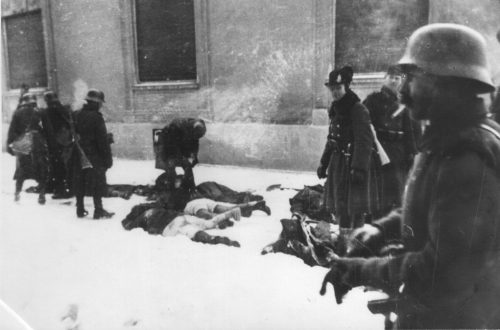Today marks the fortieth anniversary of the Fall of Saigon, the end of the Vietnam War and the day that South Vietnam came under tyrannical Communist rule. That event precipitated hundreds of thousands of Vietnamese to flee the country, often on rickety boats. According to United Nations estimates (Associated Press: June 23, 1979 and July 6, 1979), between 200,000 and 400,000 boat people died at sea. It is not true that those who left did so purely for economic reasons. Many were expelled from the country as undesirables or encouraged to leave as they were deemed to belong to the wrong social group. Others fled fearing for their lives as a result of communist massacres as reprisals for the Vietnam War. “Revolutionary violence” was used by the Communists to unify the country.
When it comes to the war itself, it is also not true that it was America’s responsibility. In a detailed study, with the use of Vietnamese archival sources now available, Pierre Asselin (Hanoi’s Road to the Vietnam War, 1954–1965, [University of California Press, 2013]) has demonstrated that culpability for the war rests with the North Vietnamese Communists. Below I copy a small section from his introduction (p.3).:
Whether of moderate or militant inclination, DRVN [Communist North Vietnamese] leaders never wanted military confrontation with the United States. It is therefore paradoxical that the eventual conflict between Hanoi and Washington—the Vietnam War—was precipitated by the outcome of a Central Committee meeting that convened in late 1963. Until then, Hanoi’s cautiousness had precluded the introduction of American combat forces and a wider war, which seemed avertable for the immediate future. However, the final resolution adopted at the conclusion of the meeting, which called for unrestricted military struggle in the South and comprehensive commitment of the North to that struggle, proved to be a seminal development in the coming of the Vietnam War, producing as it did a drastic escalation of the ongoing insurgency below the seventeenth parallel [Dividing line between North and South Vietnam] in 1964. In light of that development, it is not unreasonable to consider the deployment of American combat forces to South Vietnam in massive numbers the following year as a response to— and not the source of—the onset of ‘big war’ on the Indochinese peninsula.


